creating the conservation easement
A conservation easement permanently restricts certain development rights on your property, and is not to be entered into lightly by either the landowner or the Land Trust. In order to ensure that a specific conservation easement project does not involve an unacceptable level of risk, the Palouse Land Trust performs extensive background research on each property. This due diligence includes, but is not limited to: a title review, a hazardous waste assessment, a review of the property's legal description, and a search for other encumbrances such as mortgages or liens.
After these initial steps, the Land Trust works closely with a landowner to establish an easement agreement tailored to his or her specific land management goals and needs. These may include the continuation of existing agricultural practices or sustainable timber management. In general, the Land Trust will not be inclined to consider easements with management provisions that may compromise conservation values of the property or that are so complex they may make enforcement and monitoring difficult.
“The Palouse Land Trust has set up the process to be very efficient. Nick completely demystified everything for us and we are so pleased with the attention to detail and care we have received. We’re thrilled to be a part of the Land Trust!”
Lastly, the Land Trust prepares a report establishing the condition of the property at the time the easement is created, called a Baseline Report. This serves as a record of the conservation values on the property and as a standard for future monitoring and enforcement.
After the conservation easement is signed by the landowner and the Land Trust, it is recorded at the county courthouse and becomes part of the public record and tied to the deed of the property. The Land Trust then puts your property on our schedule for annual monitoring visits. These visits are a chance to check in and make sure that the restrictions laid out in the easement are being followed.
The restrictions within the easement document may affect the value of the property. If there is a reduction in value (documented by a special "qualified" appraisal) and the easement provides a qualified public benefit (as defined by the IRS), this reduction in value may be treated as a charitable gift and deducted from a landowner's federal income tax. For example, the IRS considers the protection of agricultural land that meets local governmental land-use policies in support of agriculture as land that provides a public benefit. The IRS also considers tax benefits for easement donations that conserve scenic open space, wildlife habitat, and land that provides for recreation or education, and/or historic site preservation. While the tax benefits are helpful, many people have found the greatest satisfaction in working with land trusts is the assurance that the land they love will always be protected.


